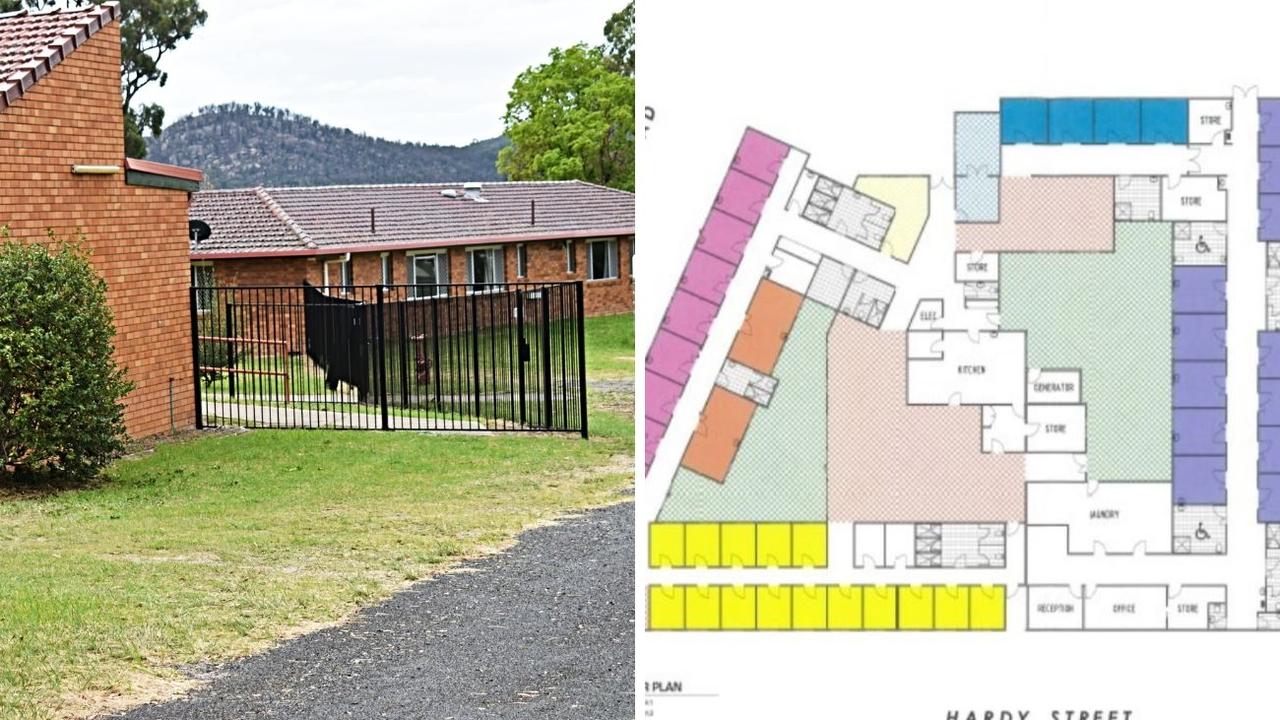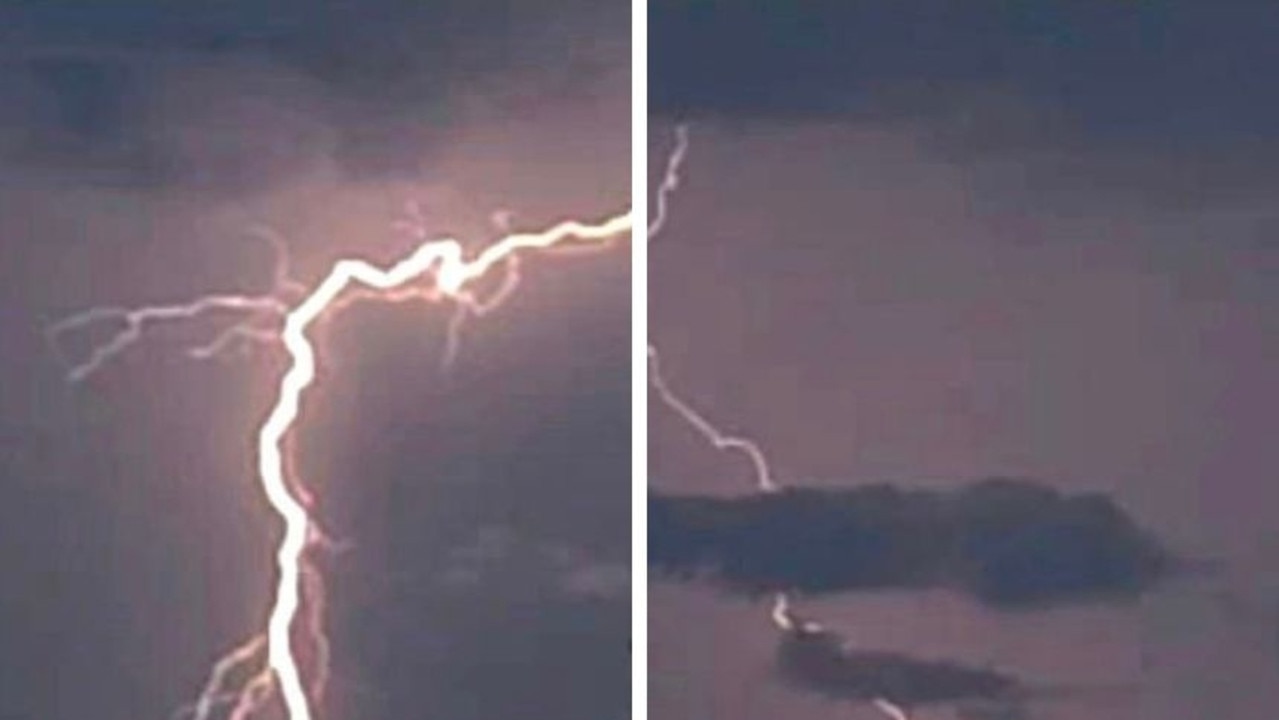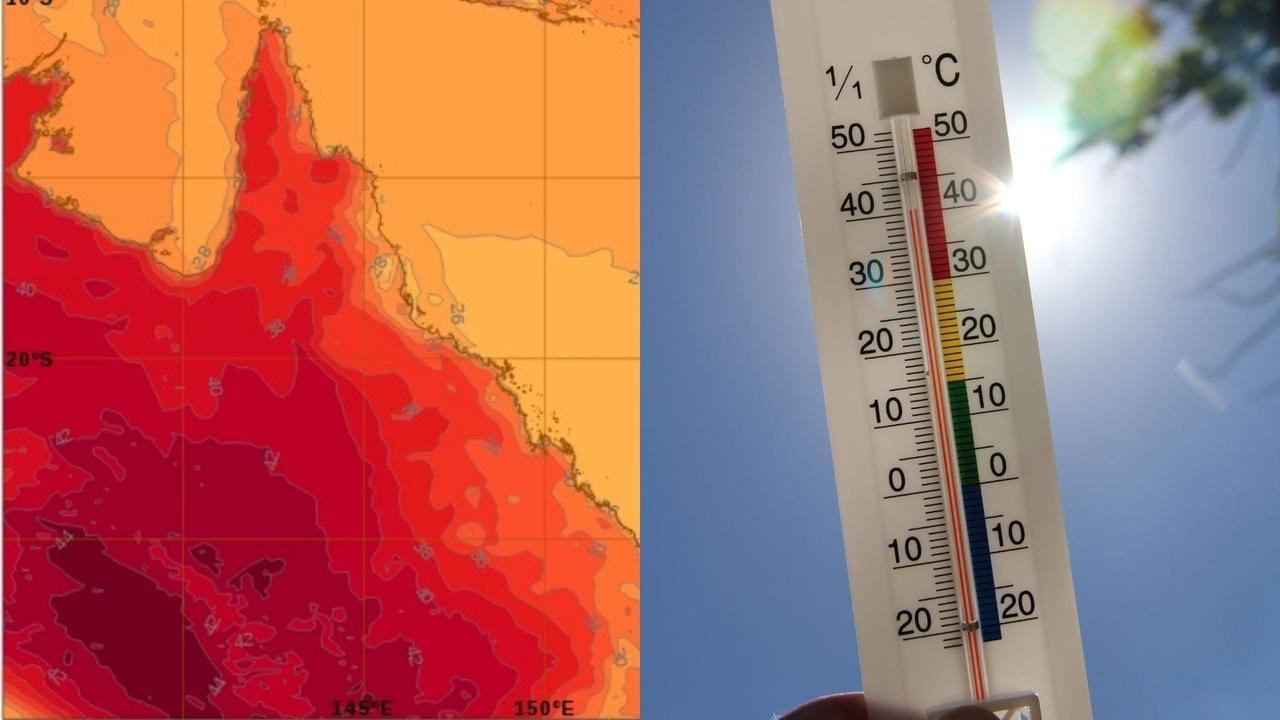Southern Downs firefighters warn African lovegrass could be bushfire fuel as El Nino approaches
As the days become warmer and the prospect of El Nino grows larger for southeast Queensland, there’s a silent threat much closer to home for the Granite Belt and surrounds this bushfire season. Full details here.
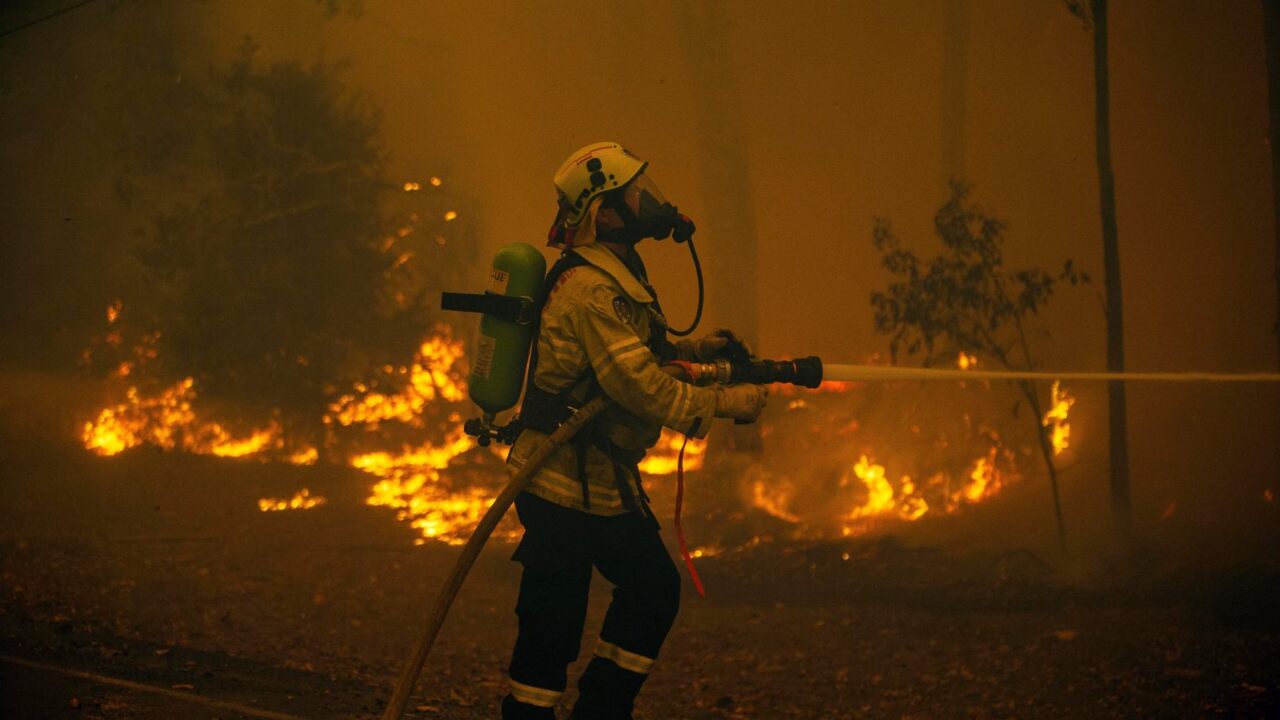
Community News
Don't miss out on the headlines from Community News. Followed categories will be added to My News.
A seemingly harmless weed embedded in the roots of many rural properties in and around the Granite Belt has been the root cause of many out-of-control grass fires in the region.
With bushfire season well and truly underway across the Southern Downs, local rural fire brigades have put a stop to issuing burn permits to landholders unless in an extreme circumstance.
Sugarloaf Rural Fire Brigade first officer James Massey said the service has been called out numerous times to put out control burns on properties that have escalated as a result of the porous nature of African lovegrass.
“Lovegrass will burn at any stage, it burns when it’s green and also when it’s dead,” he said.
The most detrimental element for landholders of this high-risk weed is its potential to have a catastrophic effect on the pastures.
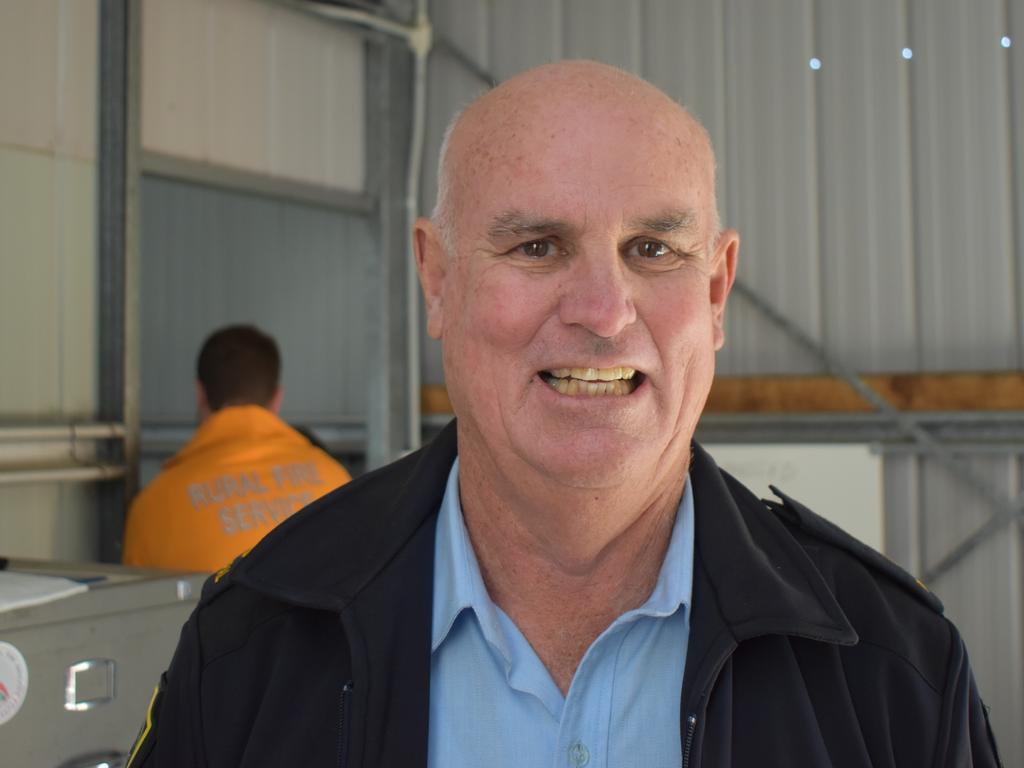
“Our pastures (Granite Belt) are very soft pastures, they’re not hard and therefore people think the more they burn the African lovegrass, the better it will be,” he said.
“In actual fact, what it’s doing is actually physically destroying more and more of the native pastures.”
During the 2019 bushfires that swept across the region, Mr Massey said they had heat temperature readings from lovegrass escalated fires that exceeded 1000C.
Mr Massey said the hard to rid weed has remained dominant in the Granite Belt’s pastures and has only continued to spread over the years.
“It’s now infiltrated so badly that you’ve got blocks of land owned by absentee landholders who have no idea as to what it’s all about,” he said.
The invasive weed is recognised as high risk under Southern Downs Regional Council’s invasive pests strategic plan implemented in 2021 and is also known to have infiltrated parts of the Darling Downs, South Burnett and further west.
While it’s not considered a prohibited or restricted invasive plant under the Biosecurity Act 2014, best practice management plans have been identified by the Department of Environment and Science to help landholders mitigate the spread of its seedlings.
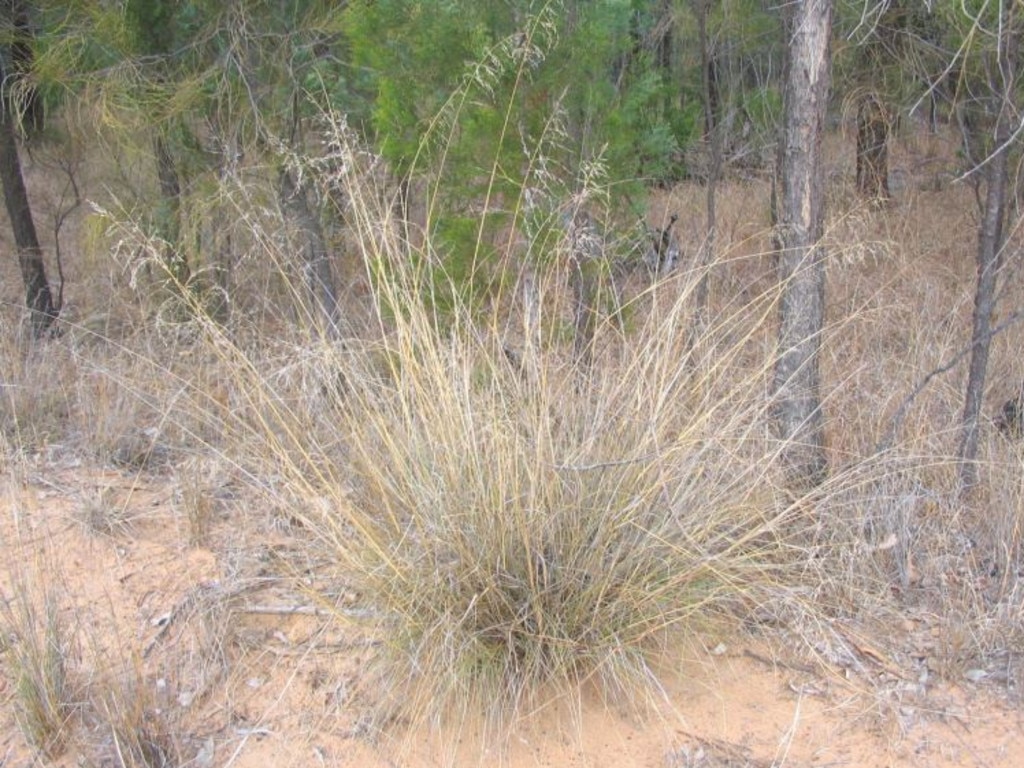
With the likelihood of El Nino heating up southeast Queensland this summer,local rural fire brigades are asking residents to ensure properties are clear of rubbish and to keep on top of lawn maintenance.
More Coverage
Originally published as Southern Downs firefighters warn African lovegrass could be bushfire fuel as El Nino approaches






